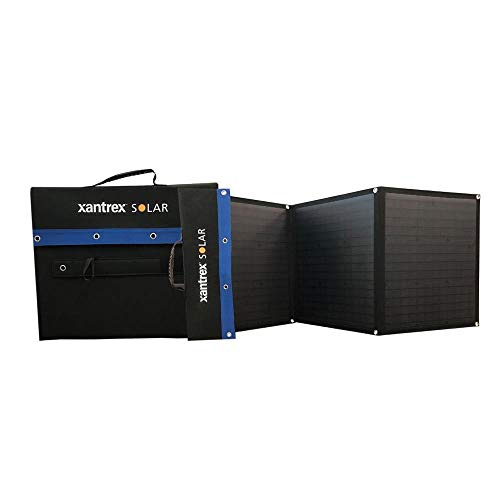terranaught
Well-known member
- Joined
- Jun 12, 2018
- Messages
- 50
- Reaction score
- 2
msw inverters don't run compressors very well a sine wave will give better performance.
this is my solution to low power fridge https://bluebarrelgarden.weebly.com/low-power-chest-refrigerator.html it's kinda large for a van tho.
this is my solution to low power fridge https://bluebarrelgarden.weebly.com/low-power-chest-refrigerator.html it's kinda large for a van tho.






























































